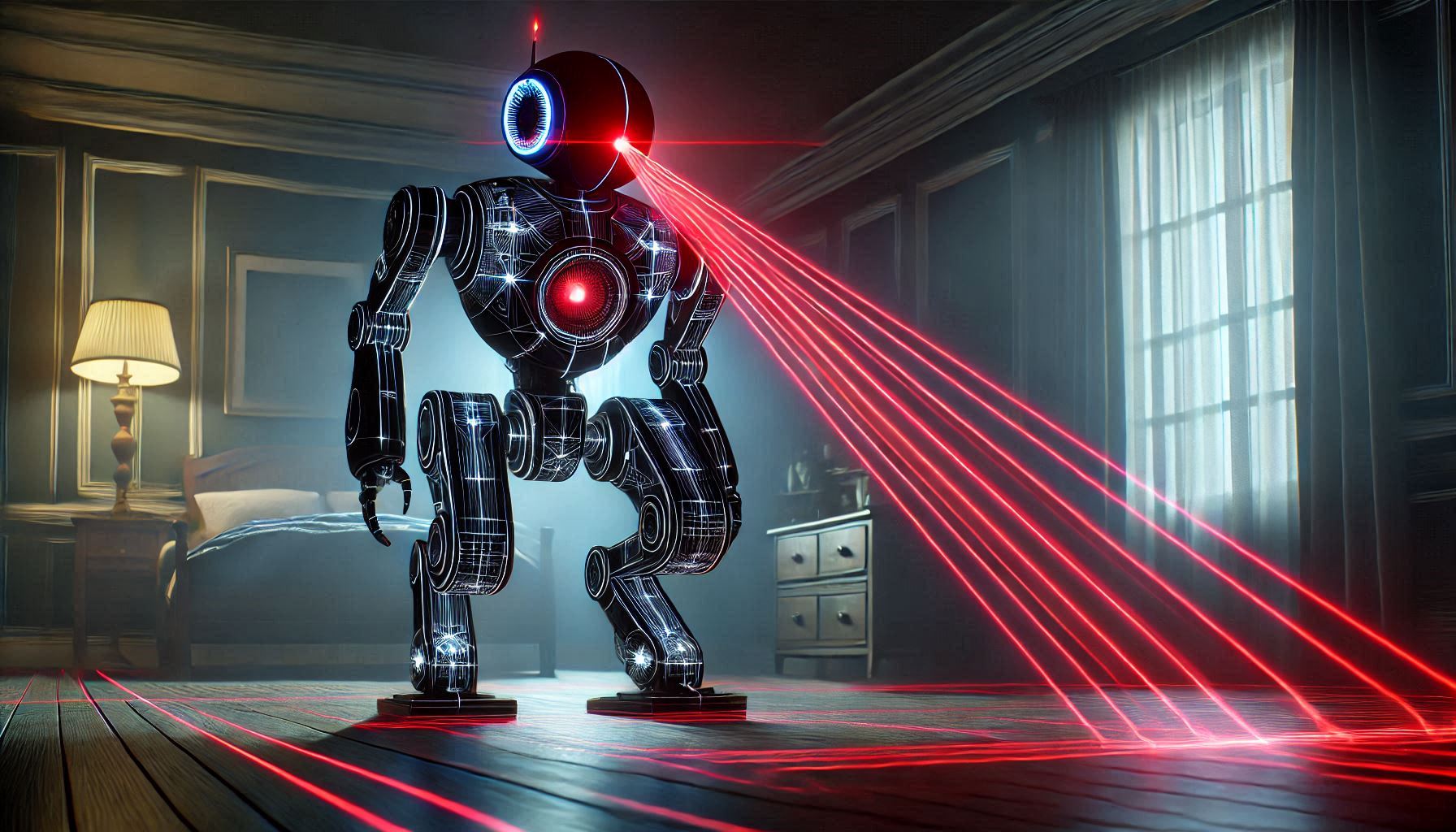
Computer vision startup Ubicept helps AI systems to see in the dark

Artificial Intelligence Startup Ubicept Inc. says it has developed a new kind of computer vision technology that can process image data at the photon level to create machines that can “see” with unprecedented perception, clarity and accuracy.
The startup will showcase its technology this week at the CES 2025 consumer electronics show in Las Vegas, where it will demonstrate its superiority over existing computer vision systems in challenging scenarios such as autonomous vehicle navigation in the dark and robots operating in low-light conditions.
According to Ubicept, existing computer vision systems struggle to perform properly in low-light conditions. The problem stems from limitations of the cameras and hardware image sensors these systems rely on, which have difficulty detecting fast movement in the dark, resulting in blurry or noisy images.
Ubicept is changing that by using a combination of proprietary software and single-photon avalanche diodes, or SPADs, which are the same technology found in iPhone LiDAR systems. The company says this combination can make existing image sensors much more powerful, delivering “crystal clear images” in extremely low light conditions without any blurring and high-speed motion capture without streaking.
In addition, the system can capture accurate images in scenarios where there are bright and dark areas in the same environment, and provide precise synchronization with lighting sources such as LEDs and lasers to support the use of 3D applications.
Ubicept co-founder and CEO Sebastian Bauer insisted his company had developed an “optimal” imaging system. “By processing individual photons, we enable machines to see with amazing clarity simultaneously in all lighting conditions, including pitch darkness, bright sunlight, fast motion and 3D sensing,” he said.
The startup makes the technology available through its Flexible Light Acquisition and Representation Engine or FLARE Development Kit. This combines a one-megapixel full-color SPAD sensor with the company’s proprietary sensor-independent software, and it can reportedly work with any type of camera or image sensor.
As such, Ubicept says its technology can enable any autonomous vehicle, robot, drone, machine or camera system to see with unparalleled accuracy in any environment.
Ubicept’s other co-founder, CTO Tristan Shwed, said the next wave of artificial intelligence systems with real-world applications will rely heavily on computer vision to view the environment, so these systems will need to be much more robust.
“Today’s cameras were designed for humans, and using standard image data for computer vision systems will not get us there,” he said. “Ubicept’s technology bridges this gap, enabling computer vision systems to achieve ideal perception. Our mission is to create a scalable software-defined camera system that will power the future of computer vision.”
Image: SiliconANGLE/Microsoft Designer
Your voice of support is important to us and helps us keep our content FREE.
One click below supports our mission of providing free, in-depth and relevant content.
Join our community on YouTube
Join a community of over 15,000 #CubeAlumni experts, including Amazon.com CEO Andy Jassy, Dell Technologies Founder and CEO Michael Dell, Intel CEO Pat Gelsinger and many other luminaries and experts.
THANK YOU
2025-01-07 14:00:35